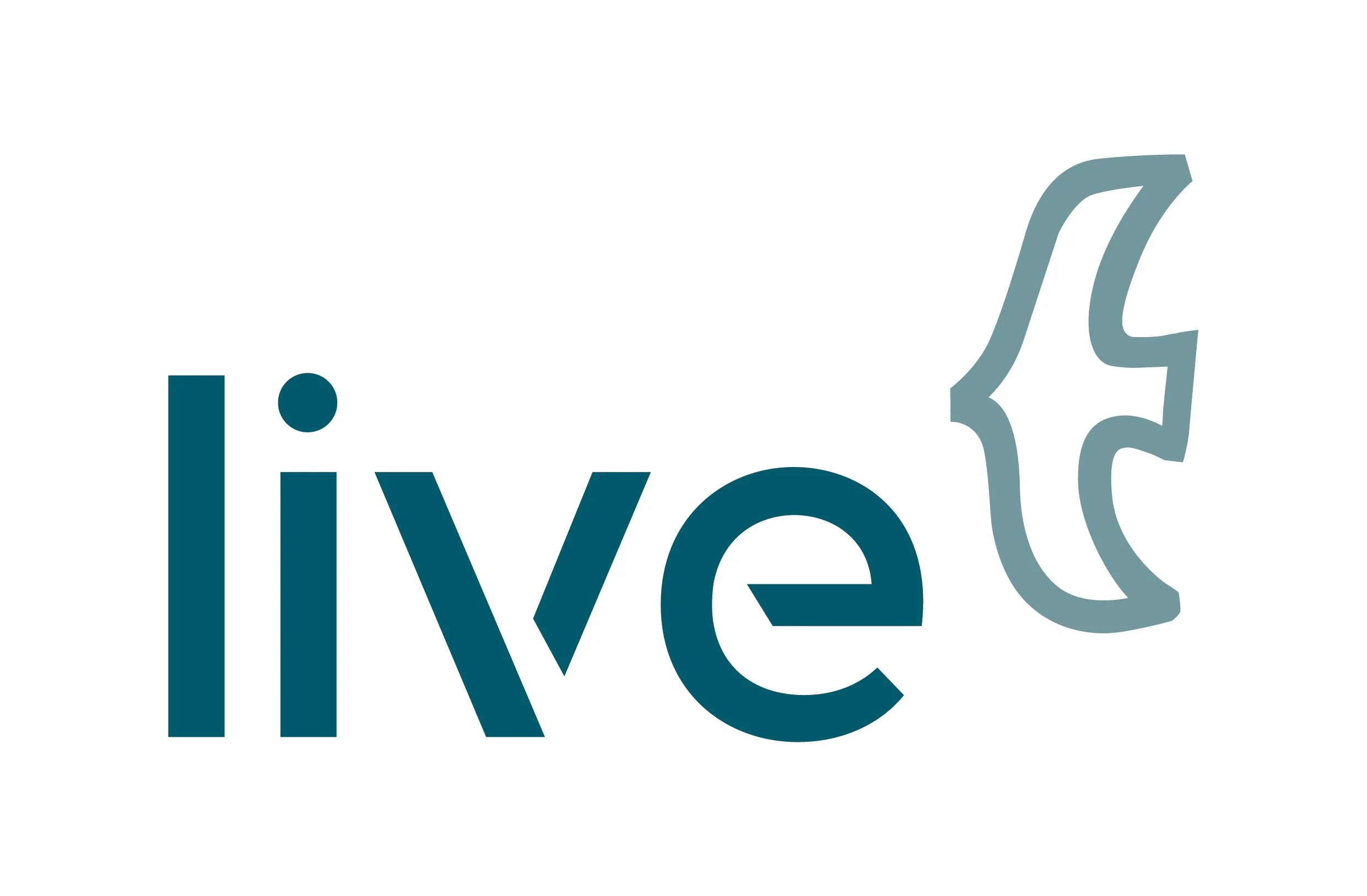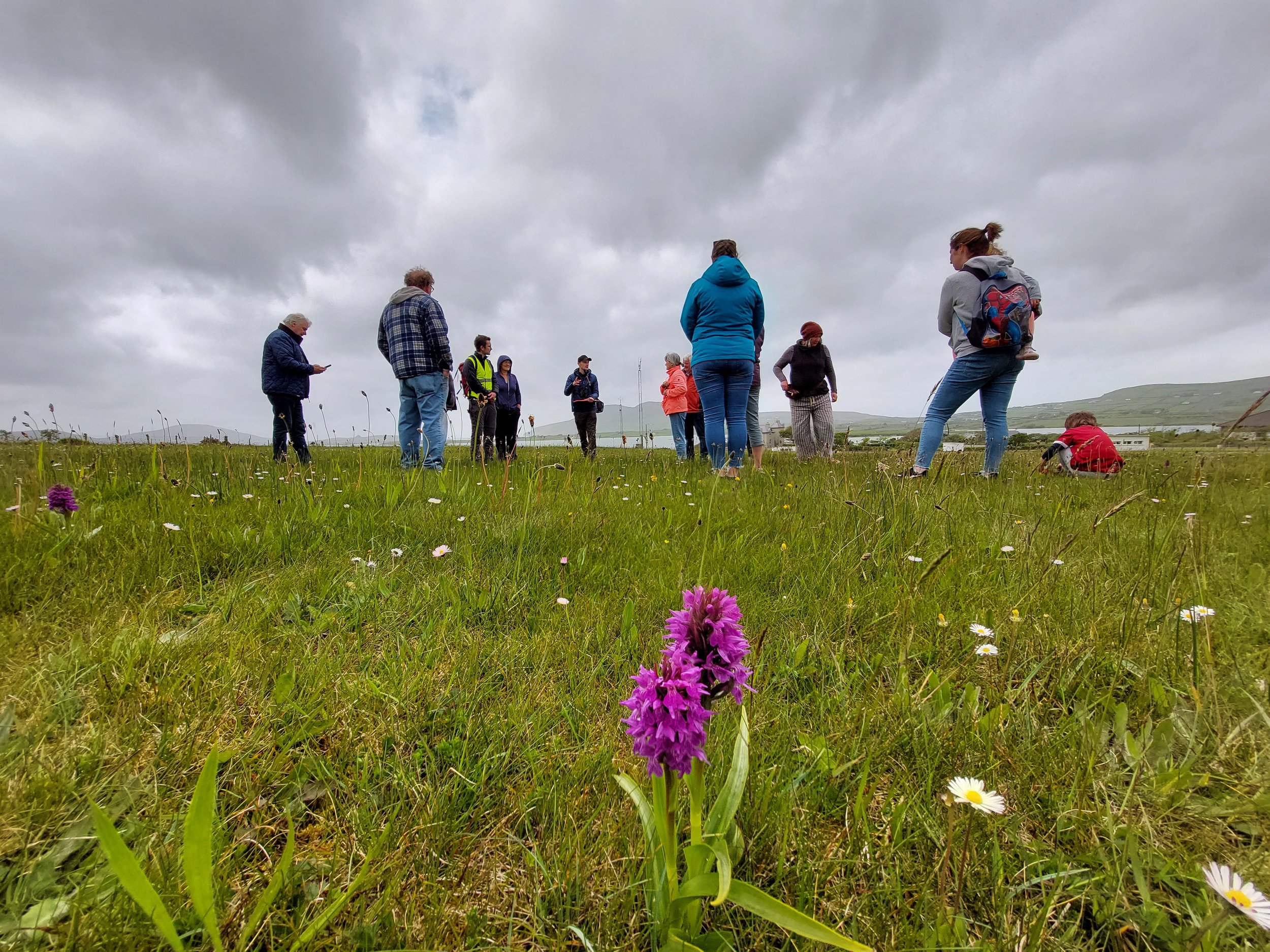About this website
This website was produced as part of the LIVE (Llŷn Iveragh Ecomuseums) Project -
a three-year project led by the School of Biological, Earth and Environmental Sciences in University College Cork. LIVE focussed natural heritage and sustainable tourism on the Iveragh (Irish) and Llŷn (Welsh) peninsulas. Read more about the LIVE project here.
This website is intended to be a resource for the people of Iveragh and for anyone interested in the natural and cultural heritage of Iveragh.
The website was developed by Outcome Digital, a small web company based in south Kerry. The design is based on branding originally developed by Cardigan Creative in north Wales. Following the end of the LIVE project, this website is being maintained voluntarily by Orla Breslin and Lucy Taylor. To contact us, email discoveriveragh@gmail.com. Please get in touch with any ideas or suggestions for improvements or developments or if you would like to contribute information or for us to host your event page.
Much of the content on this website was collected as part of the LIVE Knowledge Gathering Programme.
A small team that varied in size from two to nine people over three years lived and worked on the Iveragh peninsula carrying out surveys, running events and activities, gathering knowledge about different aspects of Iveragh’s rich natural and cultural heritage, and connecting with the local community. As well as establishing collaborations and sharing knowledge, this programme produced articles, blog posts, videos, digital trails, marketing resources, photographs, videos, citizen science programmes, datasets, and sparked some interesting biodiversity research.
The following people worked on the LIVE project and contributed content to this website.
In alphabetical order:
Our Team
-

Orla Breslin
With a background in design, community development and digital humanities, Orla worked on many aspects of the LIVE project from coordinator to UX and web development, co-designing a range of resources and materials with the team. Based in Kerry for many years, she is passionate about open and accessible knowledge and education, and about natural and cultural heritage. Following the end of the LIVE project, Orla continues to maintain this website voluntarily.
-
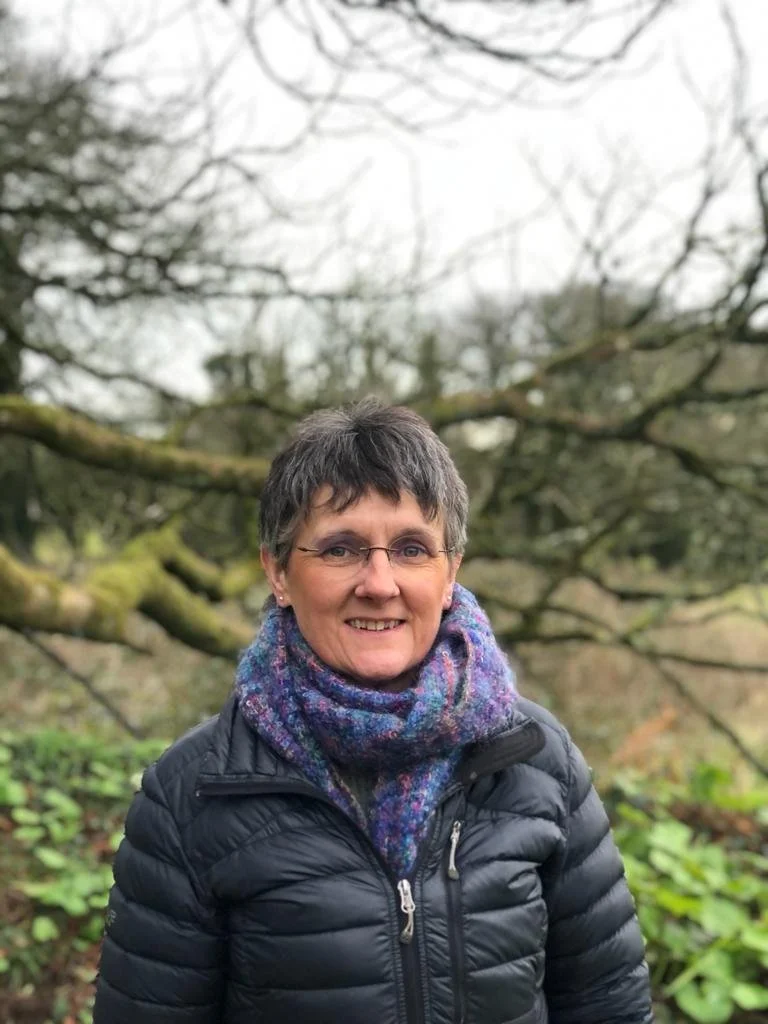
Dr Fidelma Butler
Dr Butler is a senior lecturer in ecology at UCC. She was a co-leader of the LIVE project. Her work includes a range of ecological topics from soil to bats. Within the LIVE Project, she led the Knowledge Gathering work package, of which the majority of the content of this website is based. Dr Butler contributed greatly as a leader and advisor to the gathering of relevant and factual content for this website.
-
Fiach Byrne
With a background in Zoology, Fiach’s work focused on birds and insects. On the LIVE Project, much of his work involved identifying important locations and foraging habitats for Iveragh’s Red-billed chough, a rare and charismatic member of the crow family. He particularly enjoyed collaborating with community groups to implement positive actions for wildlife and biodiversity on Iveragh. Fiach was instrumental in the website build - editing content and contributing to a wide range of articles, educational resources, digital trails, datasets, and community initiatives.
-

Clodagh Cahill
Marketer Clodagh returned to Valentia Island after time spent working and travelling abroad. With a background in PR and community engagement, she is passionate about sustainable tourism and the Iveragh Peninsula. She managed the marketing and public communications of the LIVE project in Kerry and helped develop many of the marketing materials.
-
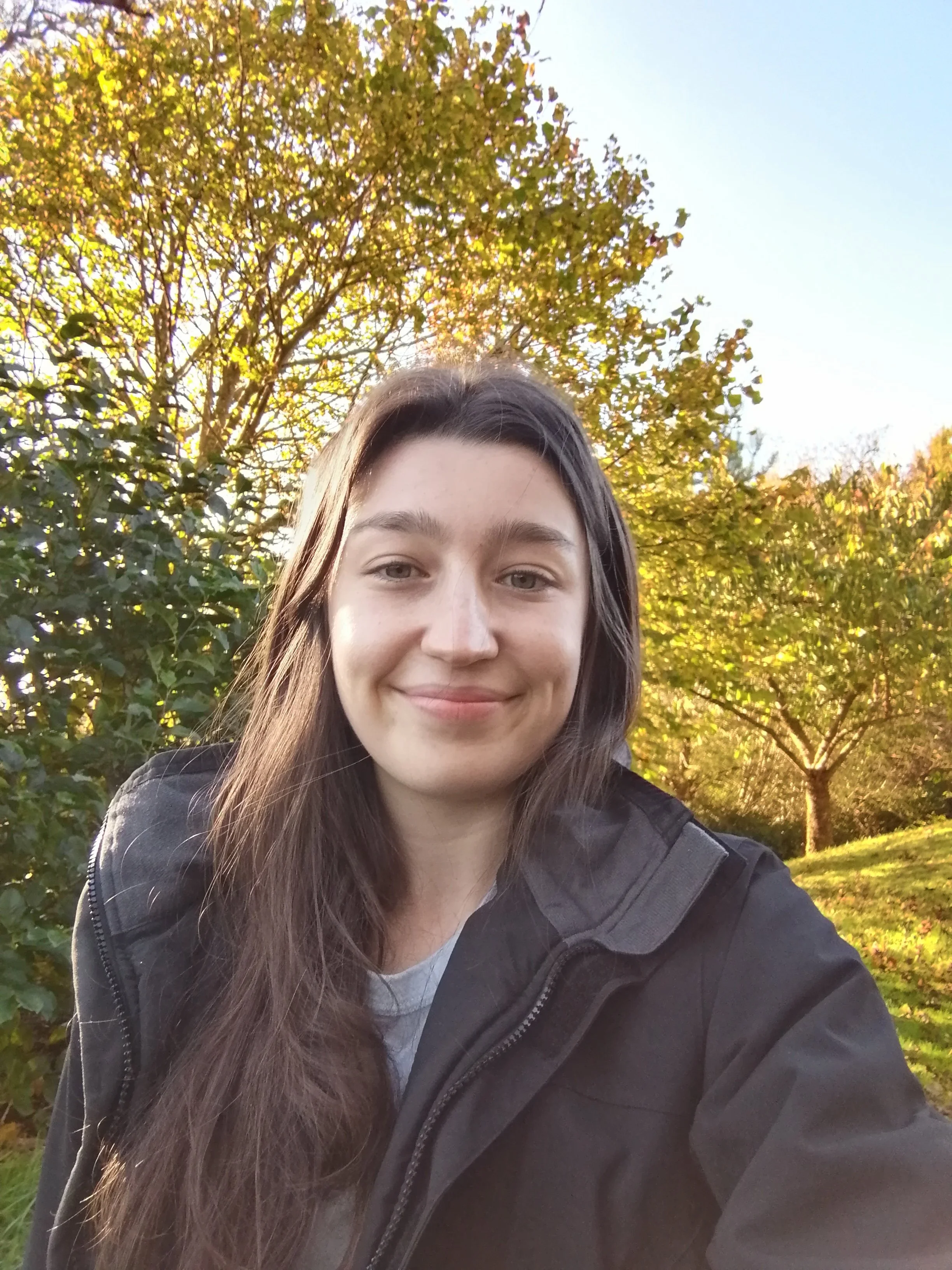
Anna Collyer
Anna studied Earth Sciences at Trinity College Dublin and has a keen interested in geology and paleoenvironmental studies. As part of LIVE, Anna explored every laneway, hill and valley to find the best sights from which to appreciate Iveragh’s fascinating geological history. She also analysed all the available academic resources to create accessible geotrails, articles, a range of geology resources.
-

Aoibheann Lambe
An archaeologist, Aoibheann is particularly interested in the geoheritage of Iveragh - especially megalithic-era rock art and the prehistoric copper mines which are at the heart of the transition from the stone to the metal ages. She also loves forest mushrooms and the Kerry slug. Aoibheann helped to produce a wealth of articles and resources on the cultural and archaeological heritage for the website, including, photographs, original artwork, and digital trails.
-

Linda Lyne
Linda grew up in Kerry and has always had a strong connection to nature. Before she gained a Zoology degree from UCC, she worked as a senior travel consultant and enjoyed wildlife adventures around the world - from Antarctica to Galapagos and beyond. As well as focusing on her own special interest in Ireland’s only native terrestrial reptile, the common lizard, Linda wrote and contributed to articles on many of Iveragh’s wild animals, digital trails, itineraries, and educational resources. She provided many of the beautiful images and videos on the website.
-
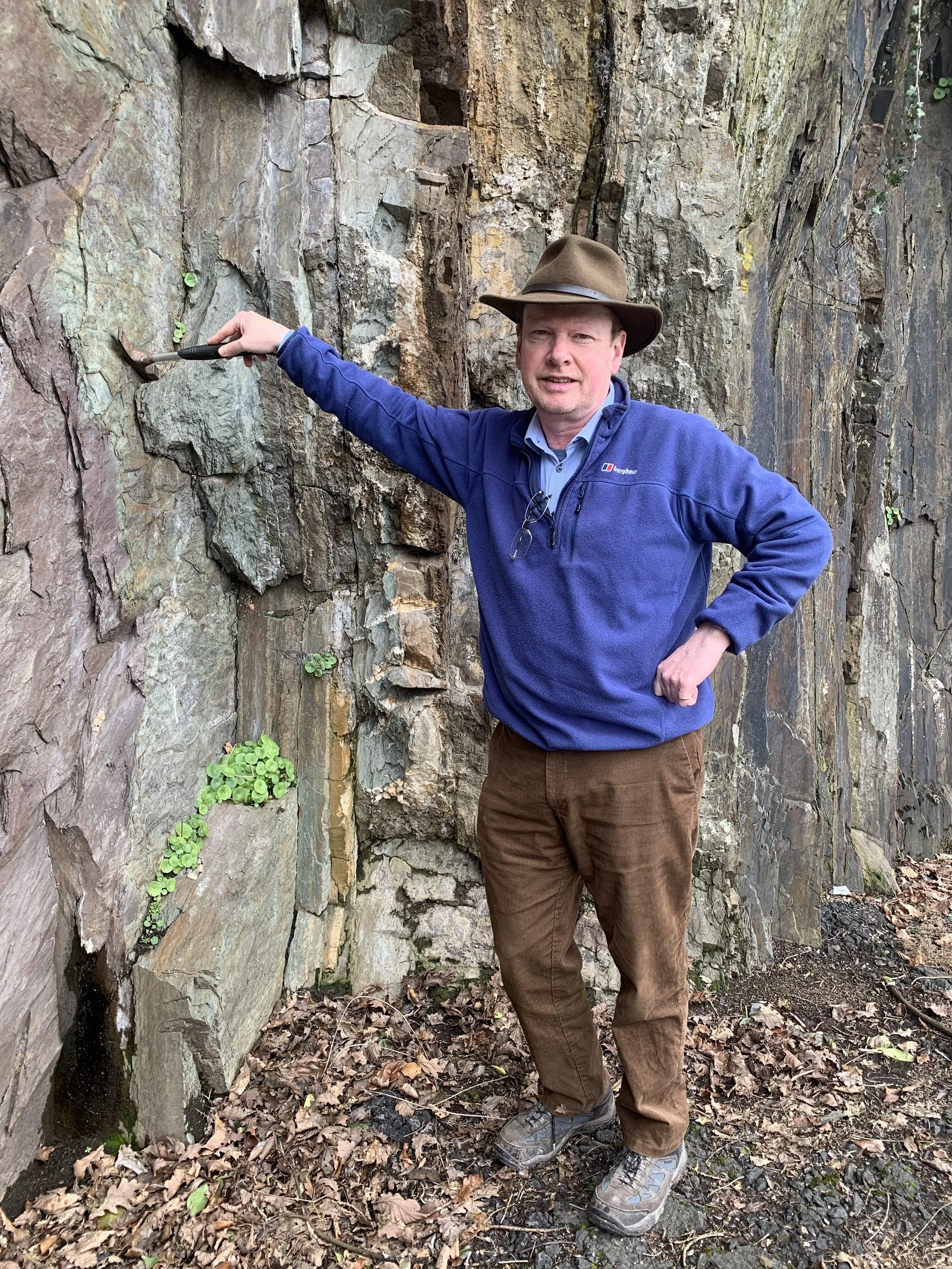
Dr Pat Meere
Dr Meere is a senior lecturer in geology at UCC. He was a co-leader of the LIVE Project. He has a passionate interest in structural geology and in engaging the public with all aspects of geology. He has previously studied the geology of the Skelligs and other important features of the Iveragh landscape. Dr Meere was involved in all aspects of the project and especially the geology elements which include articles, trails, and educational resources.
-
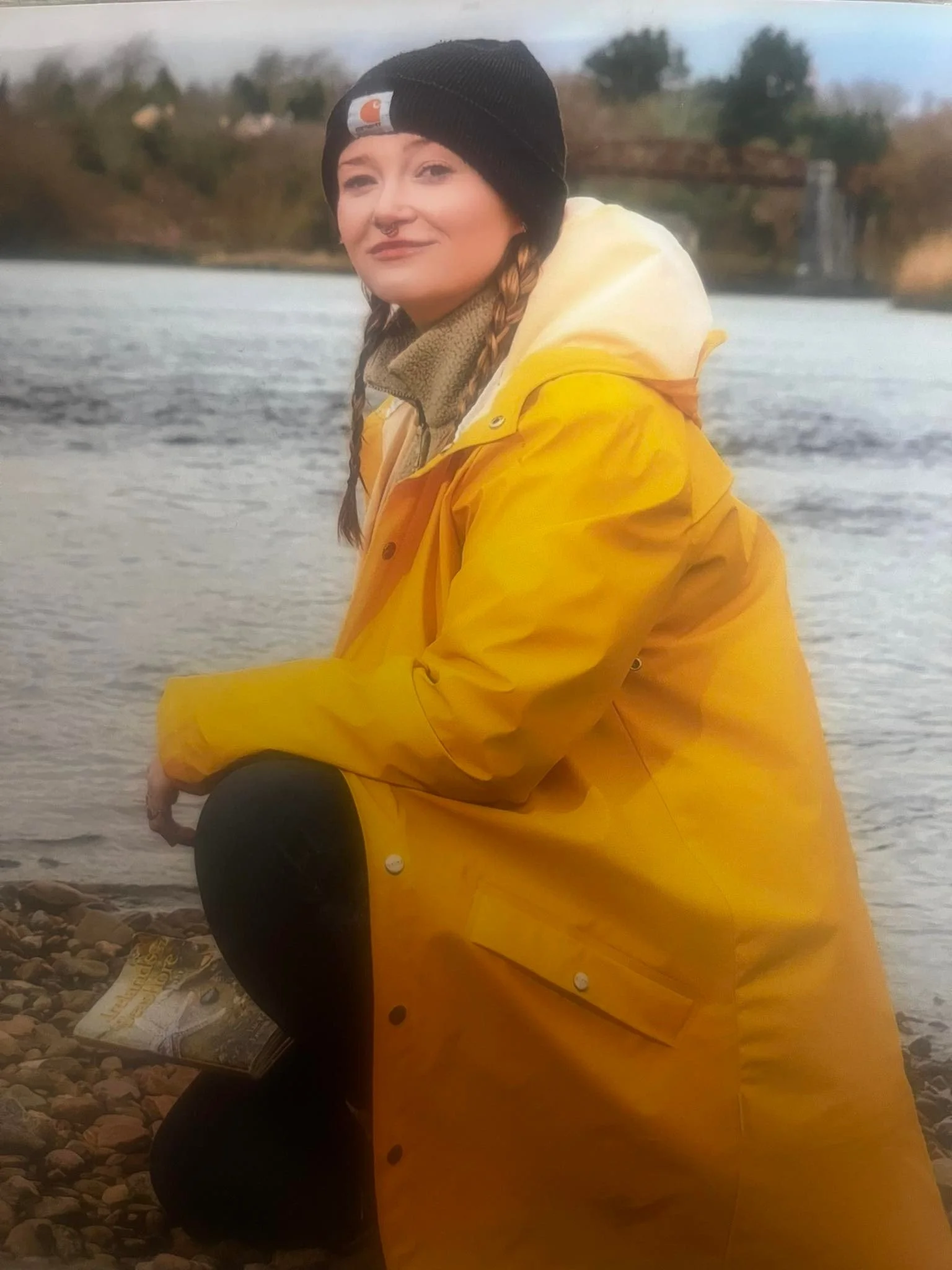
Jane Sheehan
Jane is a marine biologist from Kerry with a passion for plankton and jellyfish. While working on the LIVE Project, she gathered and studied the archives, publications, and letters of Valentia’s pioneer marine biologist, Maude Delap, to better understand her scientific legacy. Jane also studied the plankton of Iveragh as part of the LIVE project. This work will continue in the hopes of developing a long-term data set which will help us to better understand our marine ecosystem. Jane developed the Maude Delap heritage trail and many other resources.
-
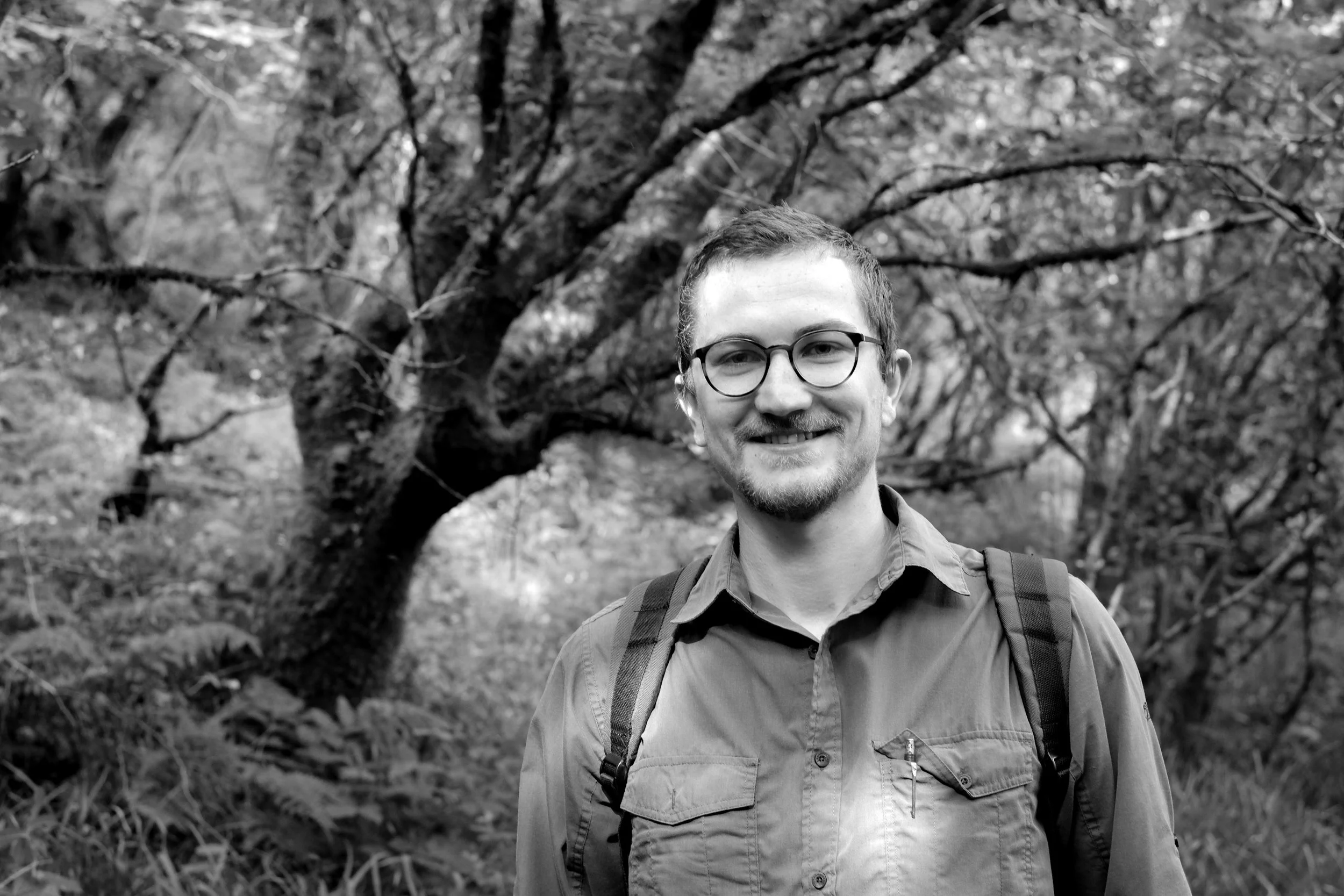
Calum Sweeney
Calum has studied plants all over the world. For LIVE, he developed spring and autumn focused resources to promote the spectacular plant wildlife on the Iveragh peninsula. He researched and wrote articles, in addition to delivering printable products such as the annual wildlife calendar. His technical skills in photography and filmmaking were instrumental in the development of visual resources on the website.
-
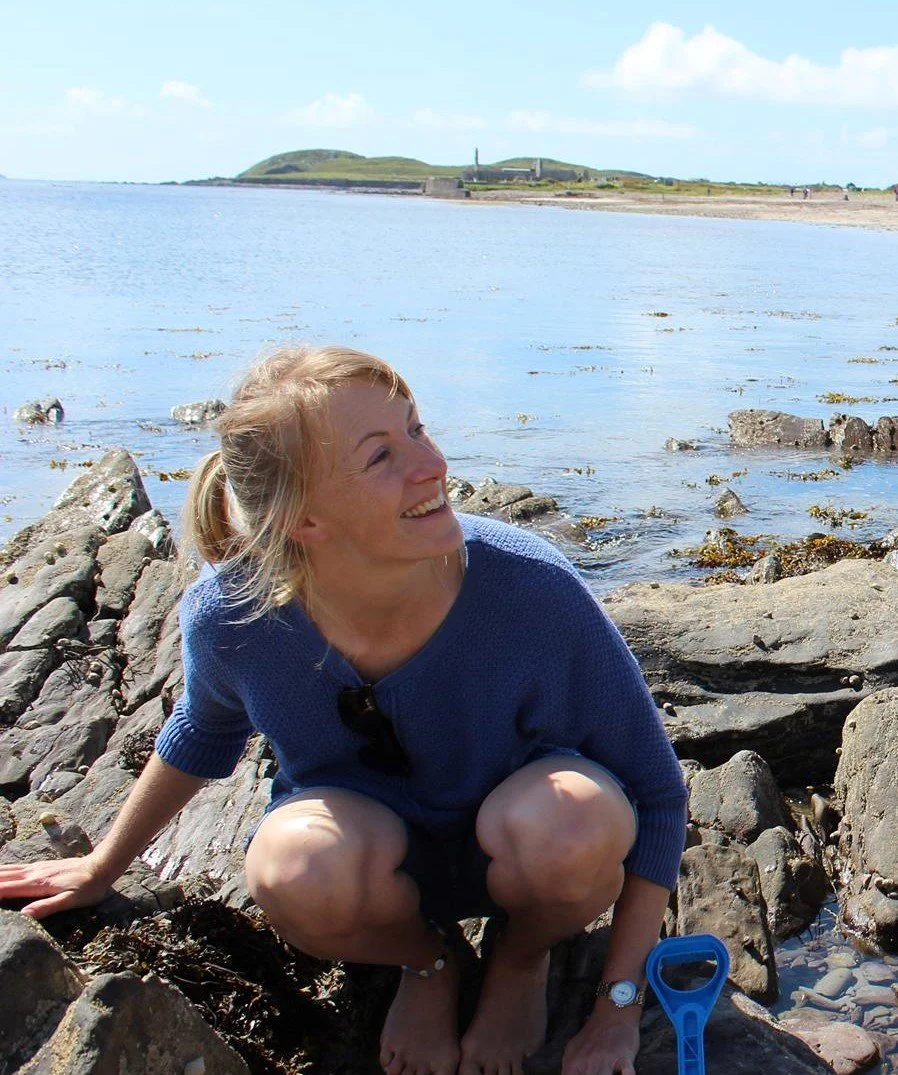
Lucy Taylor
As LIVE project manager, Lucy oversaw the administration of the project and implementation of activities on both peninsulas. Based on Iveragh, and with a background that includes marine science, education, training, writing, science communication, and research support, the LIVE project brought together many of her passions. She worked closely with the team writing, editing, designing, co-creating the content and resources, and learning a lot along the way! Following the end of the LIVE project, Lucy continues to maintain this website voluntarily.
-

Christina Winkler
Although she grew up nowhere near the coast in Germany, Christina has always been fascinated by whales and dolphins. Being a marine biologist with special interest in conservation and a passion for wildlife photography, she worked with the LIVE project studying marine mammals and other marine megafauna along the coast of the Iveragh peninsula. Christina produced some fantastic digital trails and resources for the website about marine mammals and seabirds.
Further contributions:
Special thanks to Wales based researcher and photographer Ben Porter [https://www.benporterwildlife.co.uk/], whose landscape and wildlife photography feature on the website and helped to shape the visual imagery and branding of the LIVE project in the early days. Artist and designer, Gwenan Griffith was also involved in almost everything that the Irish team produced. Leonie Schulz and Soli Levi were integral team members and of course, míle buíochas to all the people of Iveragh and Llŷn who provided input and feedback. Go raibh míle maith agaibh.


